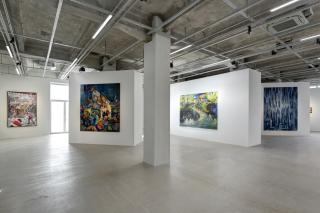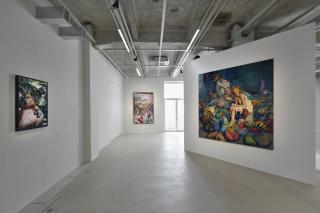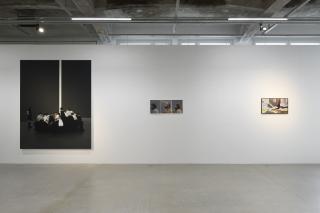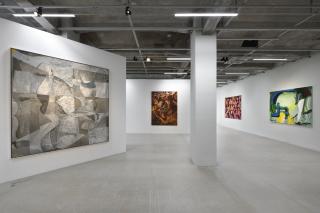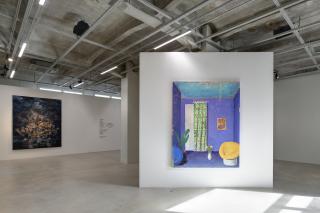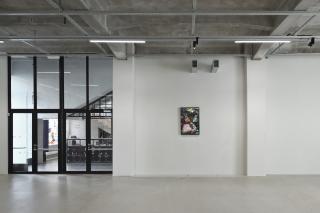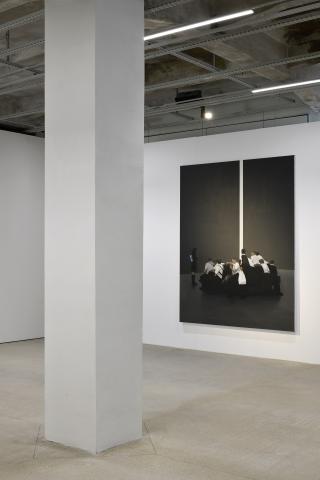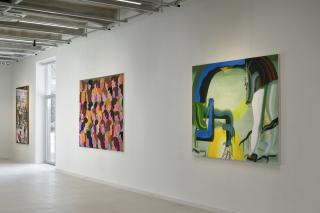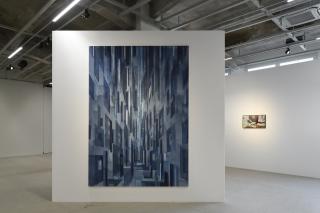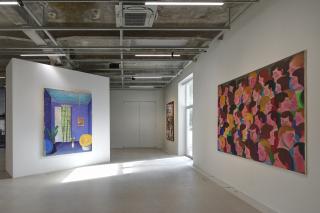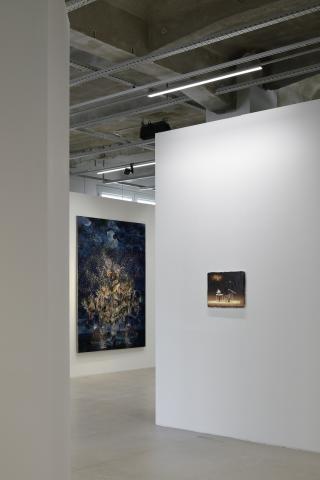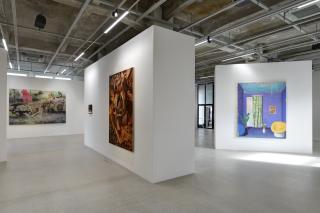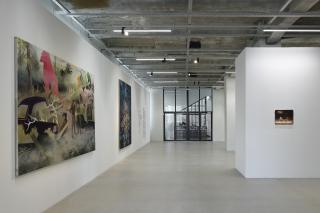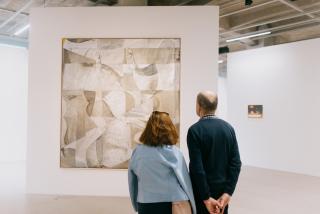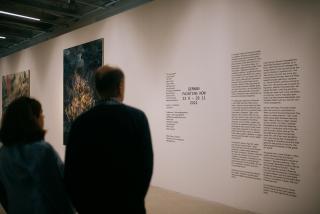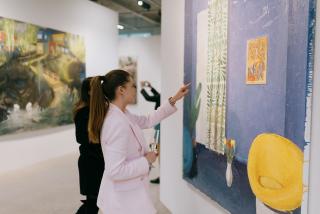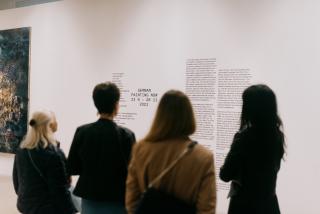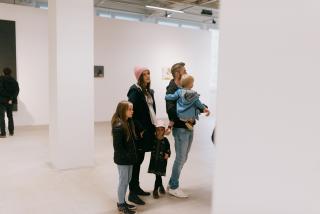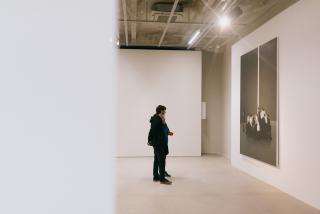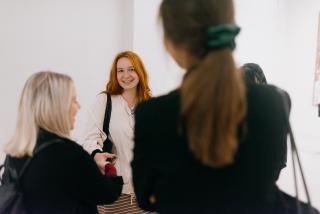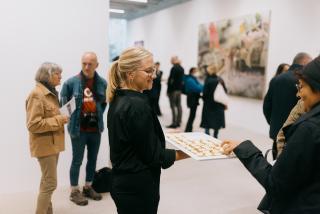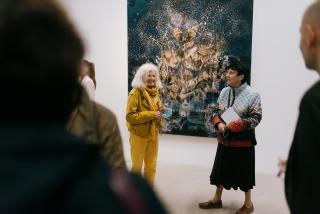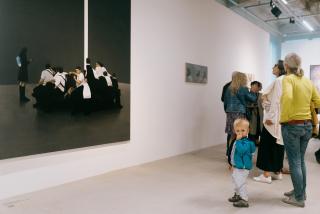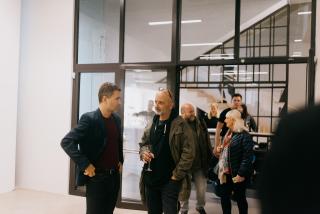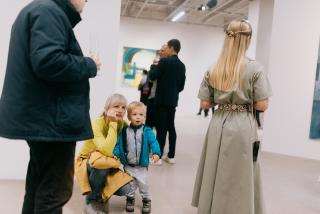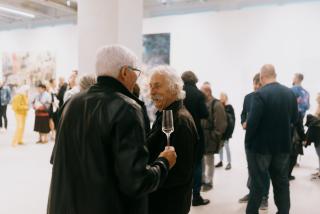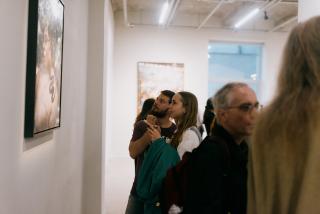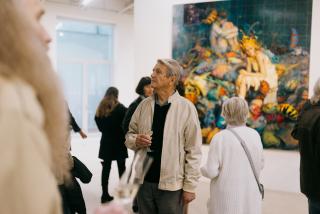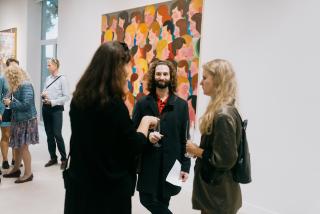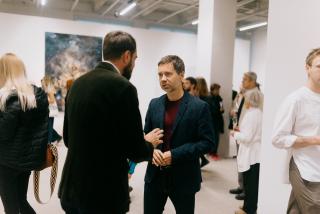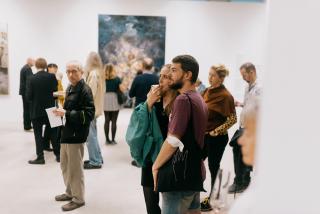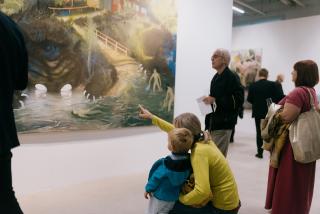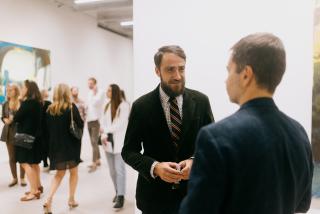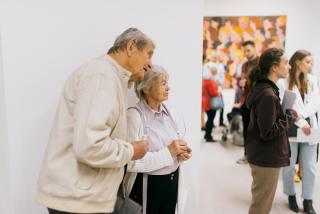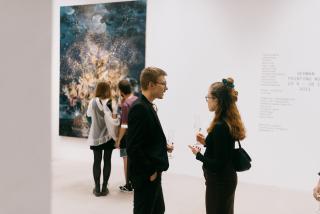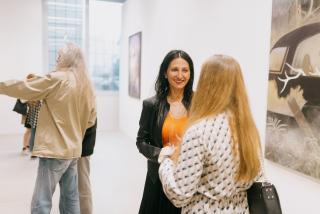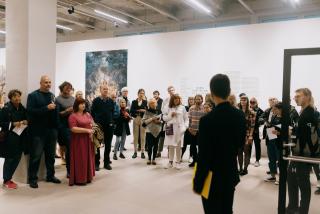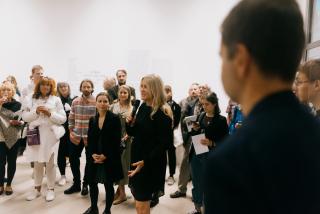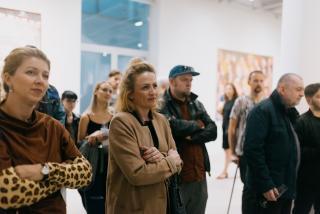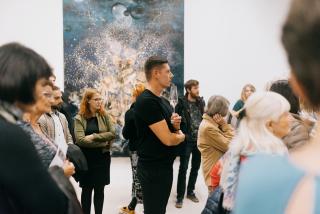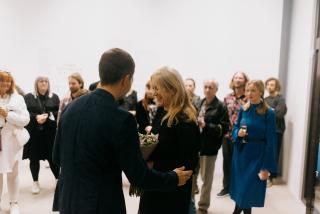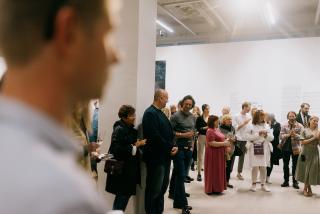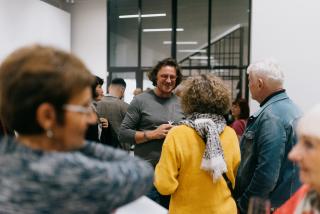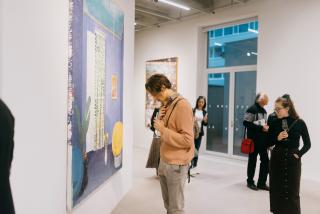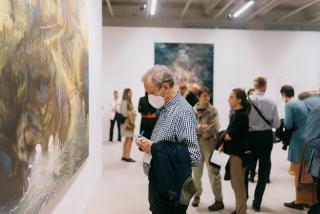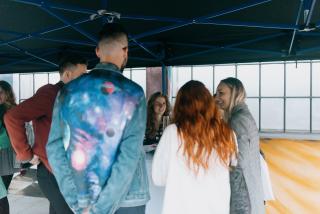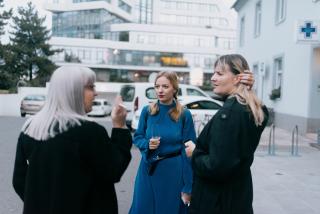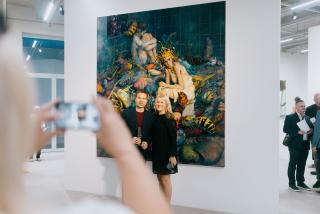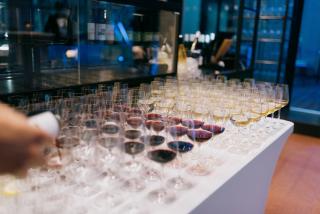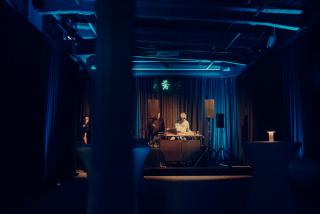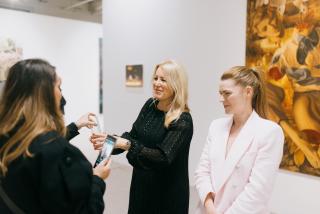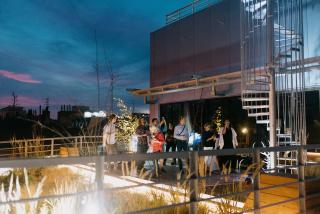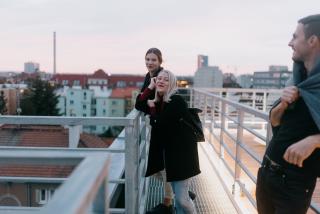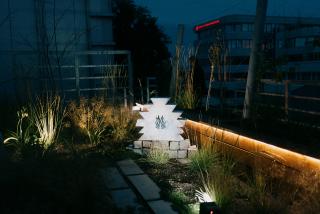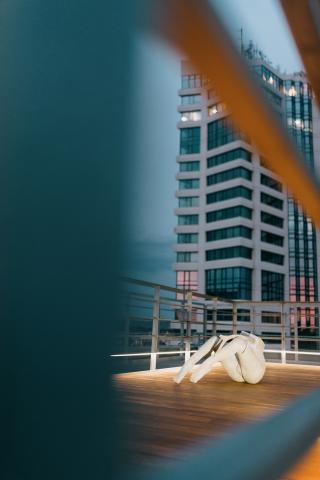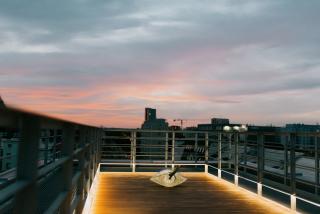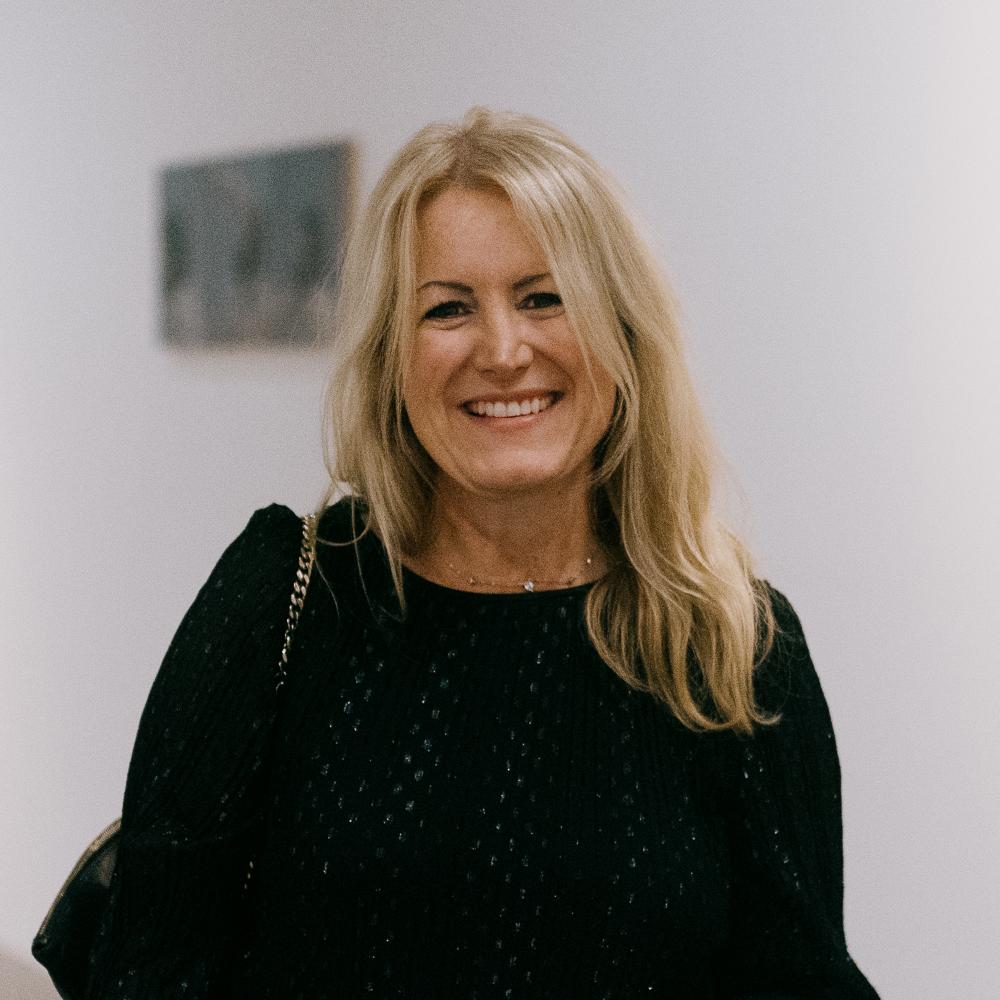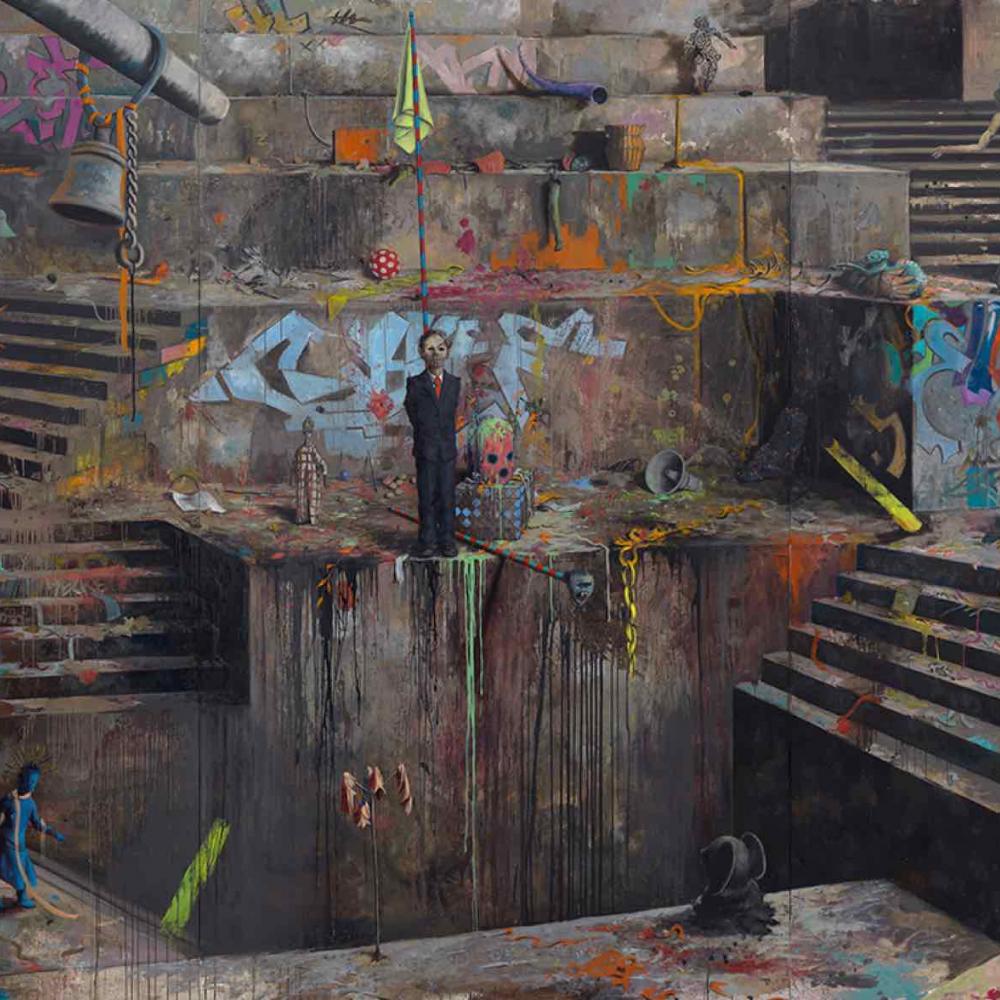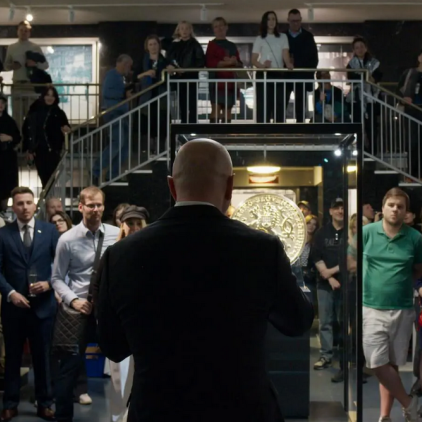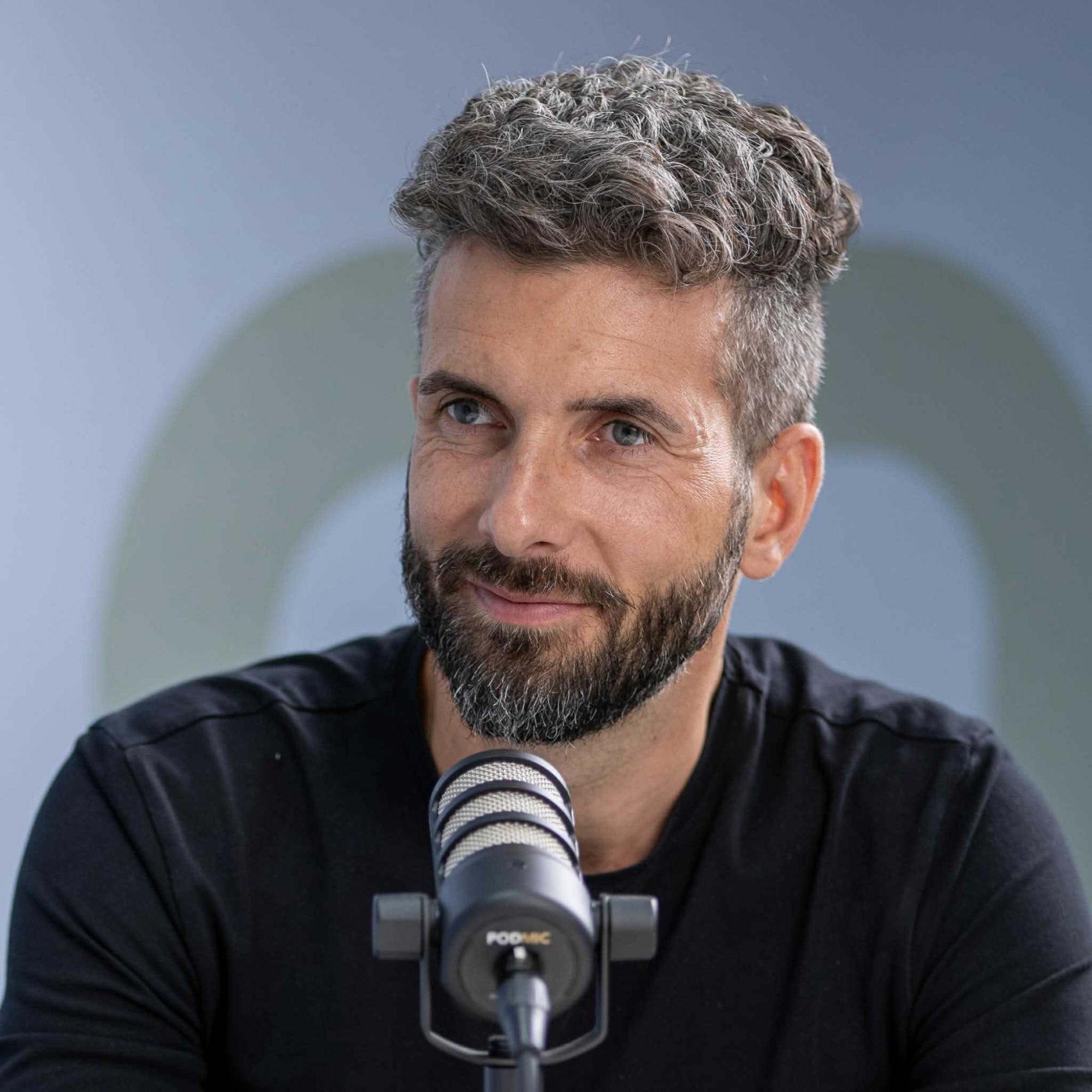
One hundred years ago, German painting and notably German Expressionism was a dominant force in European painting. Vibrant colours and angular and twisted shapes challenging the persistent conservatism – perhaps this is how one could describe a movement that marked a turning point not only for German, but also for world painting.
Two World Wars, followed by the Cold War and a dramatic geopolitical divide between East and West, effectively ended the supremacy of European painting. The art world was divided into two opposing shores during the last century, with abstract art forms developing on one shore and socialist realism, figurative painting and the tradition of studio teaching on the other. After 1990, however, a turning point came and a new generation of German artists, especially painters of the "Leipzig School", suddenly had the opportunity to experience both worlds. This generation of artists made a name for themselves in the contemporary art world, not only in Germany and Europe, but also worldwide, and thus awakened a new interest in figurative painting.
It is surely time to examine what German painting looks like today, a hundred years on from its last heyday when German Expressionism was one of the most important movements in Modernism. The exhibition German Painting Now focuses on some of the most important contemporary German painters. On those who were tagged as being part of the "Leipzig School" movement, and those who came later or who always operated beyond that sphere of influence.
LIST OF ARTISTS
Tilo Baumgärtel, Jonas Burgert, Tim Eitel, Martin Eder, Volker Hüller, Michael Kunze, Daniel Richter, Christoph Ruckhäberle, David Schnell, Dennis Scholl, Kristina Schuldt, Matthias Weischer
Curated by Jane Neal
Supporting programme:
3 10 / 14:00 German Painting Now: Guided tour
26 10 / 18:00 German Painting Now: Guided Tour
28 11 / 18:00 German Painting Now: Dernissage + launch of the catalogue
